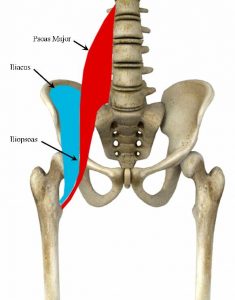Understanding anatomy is the first step in understanding function. Why is it so important? The human body is this incredible machine that relies on muscles to perform everything from moving joints to breathing to seeing. Moving joints is how the body moves from point A to point B. The nervous system within our body relies on a large kinetic chain of muscles contracting and relaxing to flex, extend and rotate joints. If you don’t take the time to understand the details of muscle function, you will never understand the body’s function.
Why is this so important?
Many times as clinicians we got caught up in all of the latest modalities and tools, but at the end of the day, all we’re trying to do is restoring function in an injured athlete. And, if you are looking to prevent injury, the key is finding dysfunction and restoring it. Muscles which are inactive, overactive, or tight will eventually cause tissue breakdown.
What is Functional Anatomy?
Anyone can look at a basic anatomy book or look at a simple muscle function chart in an attempt to memorize what a muscle does. But, there’s more to understanding function than just memorizing the major movement of the muscle. It’s not hard to remember that the Iliopsoas (hip flexor) flexes the hip.
But it isn’t until you look at the details that you realize that it also externally rotates the hip and the Psoas portion of the muscle can assist in lumbar extension. This is because the Psoas originates on the lumbar spine, moves anteriorly towards the front of the body where it joins with the Iliacus and finally inserts on the lesser trochantor of the femur.
So, if you are treating an athlete for low back pain and you aren’t looking at the Iliopsoas, you aren’t adequately restoring their function.
Understanding it is easier than you think
Muscle function is simple…when you know the origin and insertion of each muscle. Spend your time brushing up on the start and end points of each muscle, and you’ve got it! People get confused by muscles, but at the end of the day, keep in mind that when a muscle contracts, it simply shortens. When it relaxes, it will likely lengthen (at least partially). So, if you know the exact start and finish points for each muscle, you understand all of it’s actions, simply by understanding that muscle only shortens when it contracts.
Major Muscle groups to focus your attention on:
- Hip Flexors
- Hamstrings
- Glutes
- Piriformis
- Abdomen and core
- Rotator Cuff
- Scapular Stabilizers
- Lower Leg and Calf
What’s next?
So, you’ve reviewed your anatomy books and know the origins and insertions of all of the major muscles. Now it’s time to better understand how these muscles work together.
Click here for more information on how muscles work to create movement patterns.
Back to Home



Leave a Reply